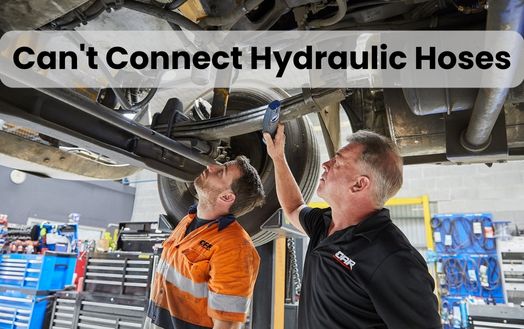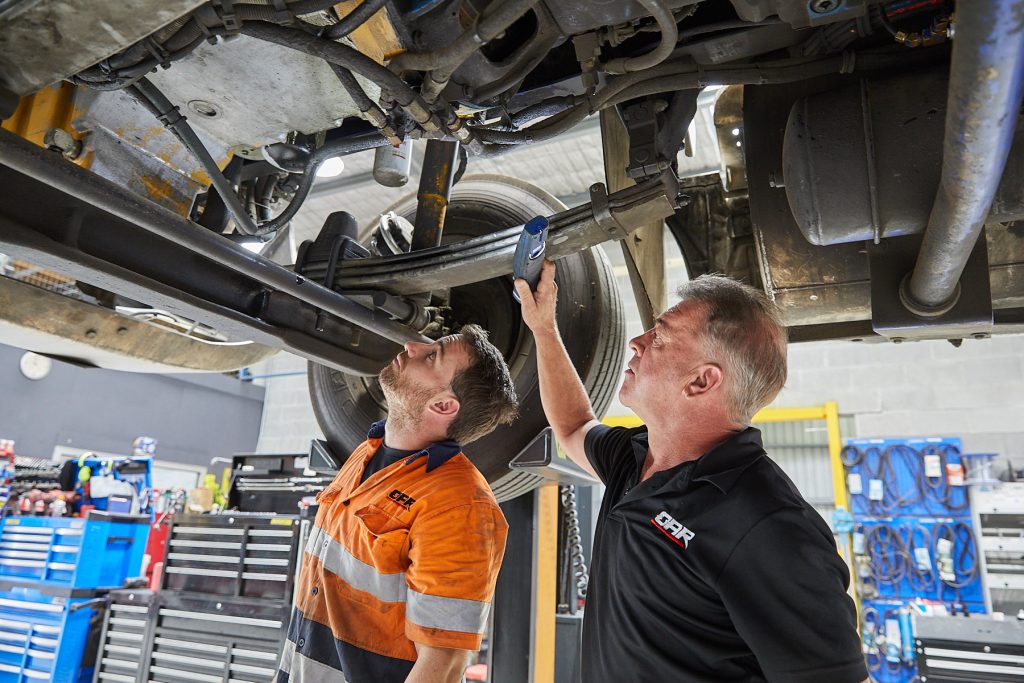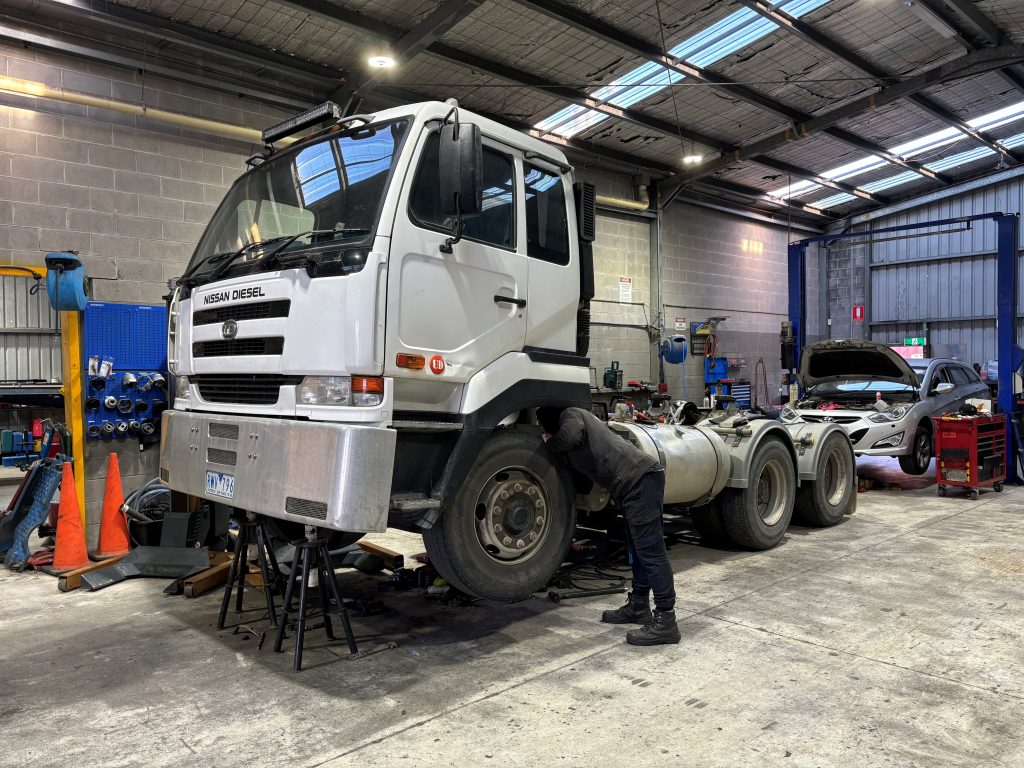
Have you ever felt the frustration of trying your luck with hydraulic hose repair only to find them stubbornly refusing to cooperate? Picture this: you’re on-site, ready to get to work, but you can’t connect hydraulic hoses and won’t click into place.
It’s a common issue, but fear not, as we’ve got you covered. In this discussion, we’ll explore the common reasons behind hose connection failure and provide valuable tips on how to ensure proper hydraulic hose repair and alignment for a seamless connection.
So, let’s get those hoses connected efficiently and get the job done!
Due to improper installation, hydraulic hose connections often fail inspection. The misuse of hydraulic quick-connect fittings is a common problem. These fittings accelerate the connection process, but improper engagement can cause leaks and system pressure. Preventing accidents requires secure hydraulic quick-connect fittings.
Hose connection failure is often caused by not releasing pressure before disconnecting hydraulic fittings. This oversight can cause sudden pressure releases, posing safety risks and damaging the hydraulic system. Follow the manufacturer’s instructions to release pressure before disconnecting hydraulic hoses.
Proper hydraulic fitting installation prevents leaks and optimizes hydraulic system performance. This includes fixing a hole in a hydraulic hose. Insufficient or overtightened fittings can cause leaks and system failure. Maintaining connection integrity requires following manufacturer torque specifications.
Innovative installation methods and attention to detail can reduce hydraulic hose connection failures. Understanding these common failures can improve hydraulic system reliability and performance.

Hose alignment is crucial to hydraulic system performance and longevity. Hydraulic hose alignment is crucial to hydraulic system efficiency and reliability. Poor alignment can cause hose wear, leaks, pressure drops, and system failures. Here are some hose alignment tips to avoid these issues.
First and foremost, follow the manufacturer’s hose installation instructions. Check the recommended bend radius, and avoid sharp hose twists or kinks. To ensure smooth flow and reduce connection stress, hose routeing is crucial. Support clamps or brackets can keep hoses aligned.
Make sure to align hose fittings when connecting. A misaligned fitting can leak and weaken the connection. Check the alignment and make any necessary adjustments before tightening the fittings to ensure a secure and leak-free connection.
Hose alignment inspections, which are part of routine maintenance, can catch issues early and prevent larger ones. Proper hose alignment improves hydraulic system performance and reliability, reducing troubleshooting and repairs.
Fixing misaligned hydraulic hose fittings requires a secure, leak-free connection to maintain system integrity and performance. Misaligned fittings prevent hydraulic line couplers from connecting, so act quickly. To relieve line pressure, turn off the system and let it depressurize. When you can’t connect hydraulic hoses, it’s important to take note of this aspect.
To find the misalignment, carefully inspect the fittings. Adjust the fittings to ensure proper alignment before reconnecting. Forcefully joining the fittings can damage the system and cause leaks.
Innovative solutions, such as alignment tools or markers, can help align fittings precisely. These tools help identify and fix misalignments quickly. Quick-connect fittings or swivel joints can also make connections easier, even if they’re slightly misaligned.

To maintain system efficiency, our team quickly identifies and fixes hydraulic hose connection issues. Troubleshooting these issues requires checking hydraulic fittings for wear, damage, or corrosion that could impact a proper connection. When hydraulic couplers don’t engage properly, leaks or pressure loss occur.
We use innovative methods, such as pressure testing hydraulic hose connections, to identify leaks and weak points. Advanced technologies like thermal imaging can also detect temperature anomalies along the hose assembly, indicating potential issues.
Our approach to stubborn connections is systematic, checking for obstructions and contaminants. We can efficiently solve hydraulic hose connection issues by following troubleshooting best practices like cleanliness and component alignment.
To quickly find and fix hydraulic hose connection issues, we prioritize precision and accuracy. We optimize hydraulic system performance and longevity by proactively troubleshooting. Get a service estimate from a mechanic near you to know how much a hydraulic hose replacement and repair costs.
Overall, when you can’t connect hydraulic hoses, it’s important to:
By following these tips and staying diligent in our approach, we can successfully connect hydraulic hoses and ensure optimal performance in our equipment.
Don’t get discouraged by challenges – with patience and persistence, we can overcome any obstacles in hose connection.
Depending on the severity, we can repair leaking or damaged hydraulic hoses. For permanent repairs, replacing the damaged section or fitting is usually best. Sealants and tape may work temporarily.
Preventing issues with regular maintenance and inspection can reduce downtime and ensure smooth operation.
Certain hydraulic hose connections need special tools. These tools ensure a secure and leak-free connection. Tools improve efficiency and safety in our operations.
To ensure proper connections, follow the manufacturer’s guidelines and use the right tools. Investment in these tools will improve operations and prevent future issues.
To optimize performance, we inspect hydraulic hoses for wear and tear. Regular checks are necessary to prevent issues and uphold efficiency.
Incorrect hydraulic hose fittings can cause serious problems. Leaks, pressure loss, and system failure are examples. Always use hose-compatible fittings for optimal performance and safety.
Regular inspections can prevent these issues and keep the hydraulic system running smoothly. Preventing costly repairs and downtime requires proactive maintenance.
You can reuse hydraulic hoses after multiple disconnections and reconnections. To ensure safety and efficiency, check for wear and damage before each use.
Proper maintenance and handling can extend hydraulic hoses’ lifespan, allowing for multiple connections without compromising performance.
We emphasize thorough checks to ensure optimal functionality and prevent issues.